One of Suffolk's great country house estates — 12 bedrooms, 1,763 acres and 36,000sq ft — comes up for sale at £19 million
Glemham Hall comes to the market for the first time in 101 years, and the scale of it is quite staggering.


Last week saw the launch onto the market — for the first time in 101 years — of the historic 1,763-acre Glemham Hall estate. On the outskirts of Little Glemham, it is seven miles from Aldeburgh on Suffolk’s magical heritage coast, eight miles from Woodbridge and 14 miles from the county town of Ipswich. Tim Fagan of Strutt & Parker quotes a guide price of £19 million for the estate with its Grade I-listed mansion house set in some 200 acres of formal gardens and parkland with frontage to the River Alde, in-hand and let farms, a farmhouse and cottages, which is offered either as a whole or in its constituent parts.
Although the Glemham family of east Suffolk were already established as landowners in the area from the early 15th century, they didn’t acquire Little Glemham until the Dissolution of the Monasteries in the 1540s. According to The History of Parliament (1604–29), Thomas Glemham of Glemham Hall substantially enlarged the estate by purchasing former monastic lands, thereby turning the family into important east Suffolk landowners.
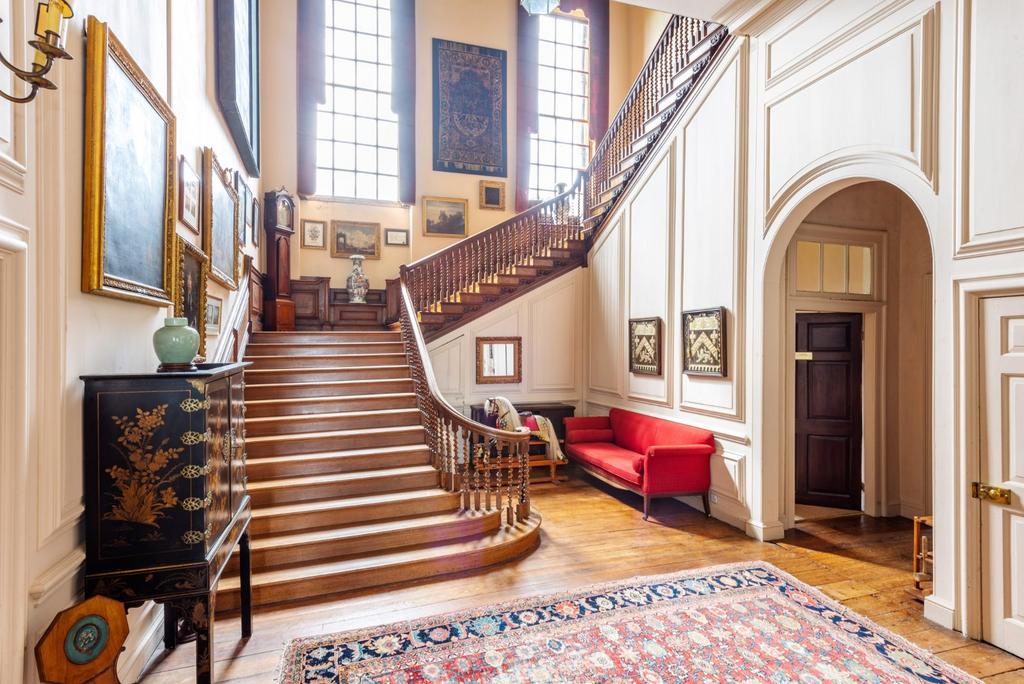
An article in Country Life on January 1, 1910, attributes the building of ‘this delightful sample of our Early Renaissance style’ to Thomas’s son, Sir Henry Glemham, who married a daughter of Thomas Sackville, Earl of Dorset and Lord High Treasurer, thanks to whose patronage Sir Henry became the first member of his family to sit in Parliament.
He died at Little Glemham in 1632 and was succeeded by his son, Sir Thomas, a career soldier who was described on his death in 1648 as ‘a gentleman of noble extraction and a fair but impaired fortune’, which resulted in the eventual sale of Glemham to the North family, later Earls of Guilford, in 1708.

Between then and 1722, a young Dudley North remodelled Glemham Hall, although, according to Country Life, ‘the illustrations show that at the back of the house little alteration was made to the old hall beyond replacing the more important mullioned windows with sashes.
Those in the attics remained unchanged on this elevation and so did the gables above them. But the main entrance front was given a full Palladian flavour, and a very dull attic storey was raised up in brickwork entirely to hide the roof.
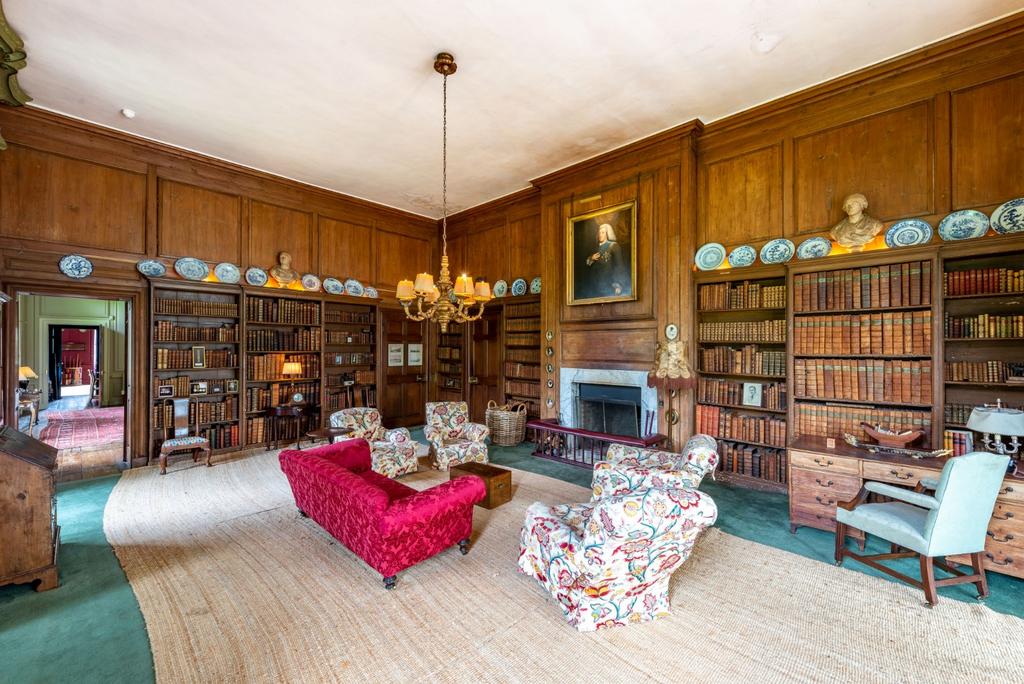
The porch and bays were removed and long lines of sash windows inserted. Inside, the older hall was retained, but the screen was replaced by four fluted Corinthian columns and the walls wainscoted with the large panels then in vogue, and painted white. A portion of the wall at the back was also removed, so that a great archway connects the hall with the staircase’. Enclosed formal gardens were created with oak and lime avenues to the north and south.
Sign up for the Country Life Newsletter
Exquisite houses, the beauty of Nature, and how to get the most from your life, straight to your inbox.
In 1789, Dudley Long North inherited Glemham Hall and, two years later, commissioned Humphry Repton to produce a Red Book. Many of the suggestions he made for the landscape, if not the hall, were carried out, including the removal of the old manor house, the filling-in of the moats and the extension of the park to the north beyond the turnpike road (now the A12).
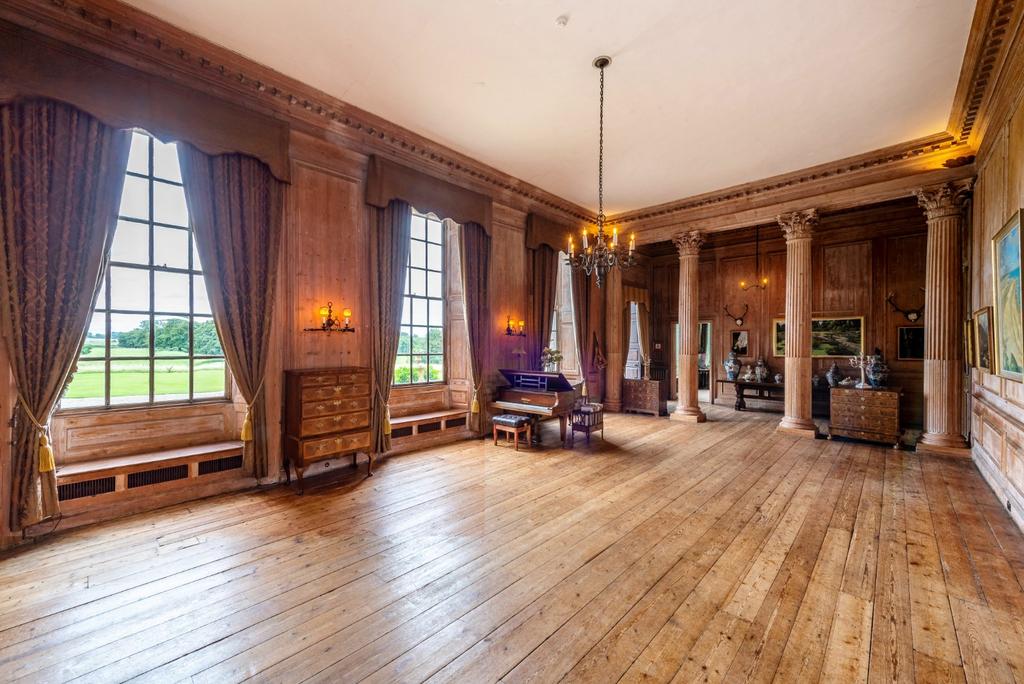
Following the early-19th-century remodelling of the park, the North family made relatively few changes to the house, garden or park and, in July 1921, the 8th Earl of Guilford put the 2,900-acre estate up for sale. It was acquired, in 1923, by Capt John Murray Cobbold of the Suffolk brewing family, who, with his wife, Lady Blanche, daughter of the 9th Duke of Devonshire, retained the park and laid out new gardens within the original 18th-century walled and hedged enclosures.
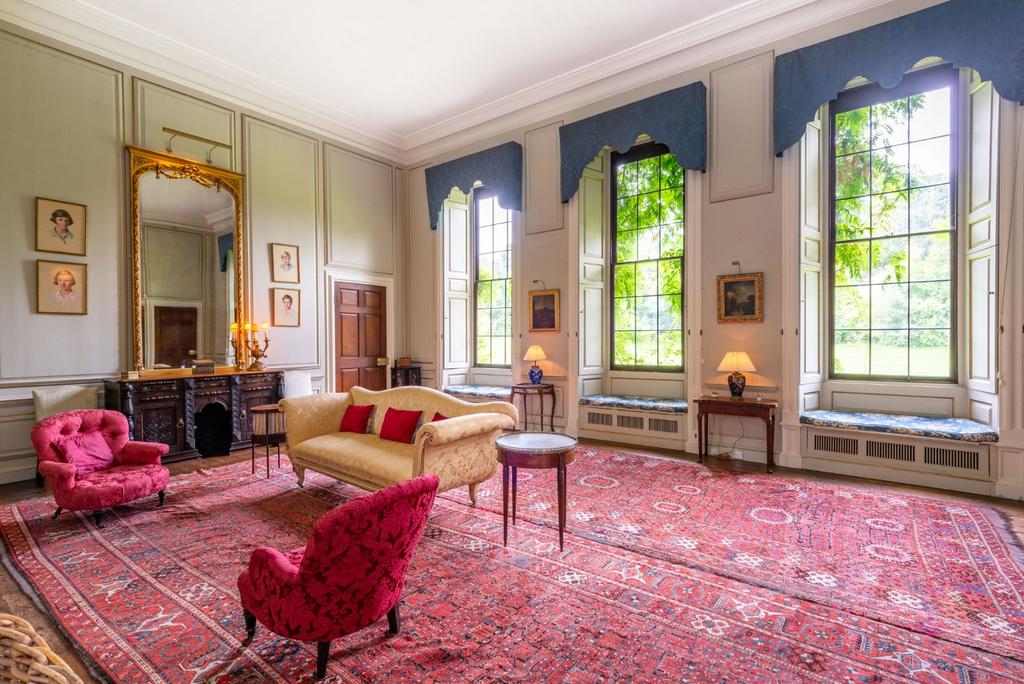
A fine sportsman and an outstanding shot, Capt Cobbold worked in the family brewery between the wars, becoming chairman on his father’s death in 1929. A lifelong supporter of Ipswich Town football club, he financed the club’s transition from amateur to professional status in 1938–39; his wife, Lady Blanche, would become the only woman president of a major football club. Wounded in France in 1917, Capt Cobbold re-joined the Scots Guards in 1939 and was killed, aged 47, when a V-1 flying bomb hit the Guards Chapel, London SW1, during Sunday morning service on June 18, 1944; more than 100 worshippers died that day.
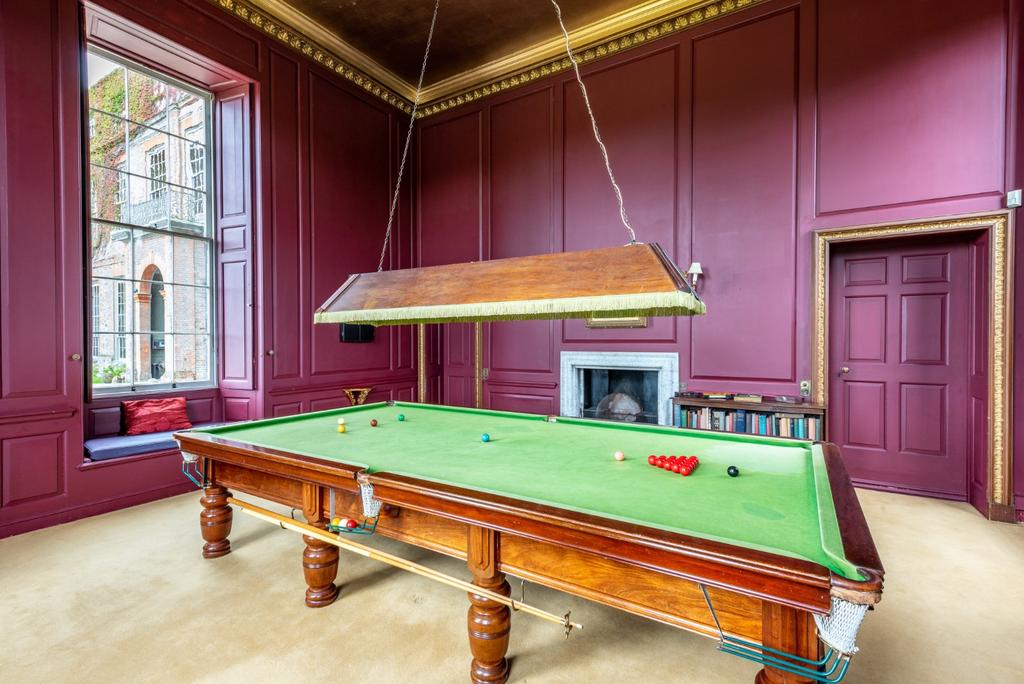
Lady Blanche lived on at Glemham Hall until her death, aged 89, in 1987, whereupon the estate passed to her son, Patrick. When he died suddenly in 1994, he left the estate to his nephew, Maj Philip Hope-Cobbold, who was born at Glemham Hall in 1943 and died in 2020; his son, Tom, inherited and lives at the hall with his wife and family. Affectionately known as ‘The Galloping Major’, Hope-Cobbold was a distinguished soldier, a larger-than-life character with a wicked sense of humour, who was the last of the Cobbolds to serve on the board of their beloved Ipswich Town Football Club.
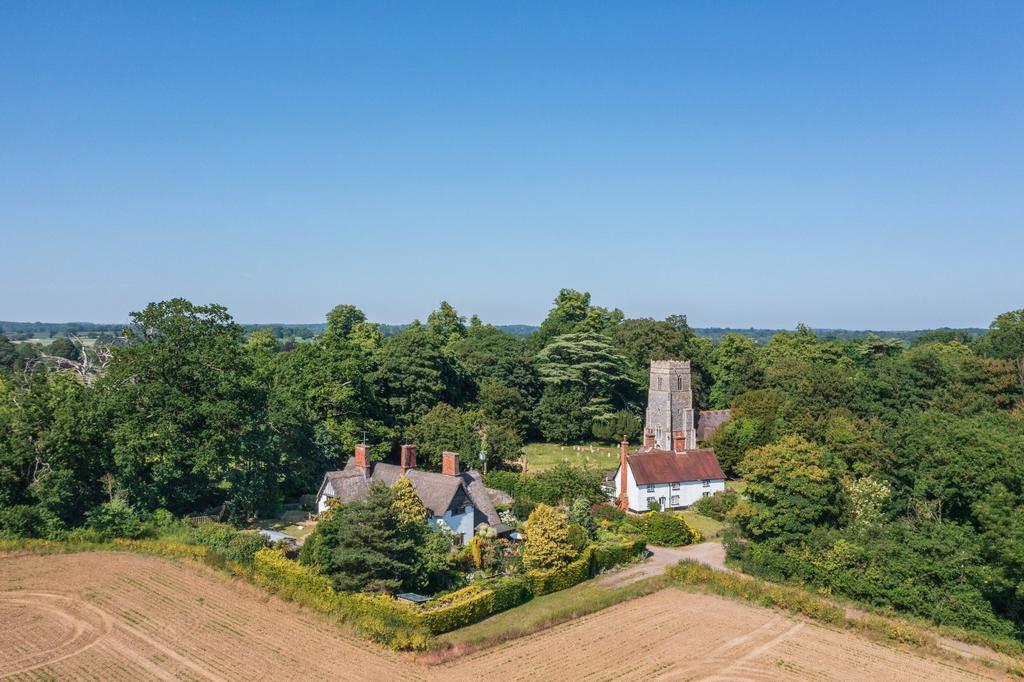
With the family brewery long gone, the new custodian, with his wife, Raewyn, who predeceased him in 2016, embarked on a series of corporate, social and cultural events in order to finance the upkeep of the 34,000sq ft hall, which boasts seven main reception rooms, a conservatory, 12 main bedrooms, five dressing rooms, 19 attic rooms (the former servants’ quarters), kitchens, domestic offices and extensive cellars.
Weddings, christenings, funerals, wakes, barbecues, Sunday lunches and guided tours of the house, with a hilarious running commentary from the Major himself, were all grist to the mill; the annual FolkEast heritage and music festival was the icing on the cake.
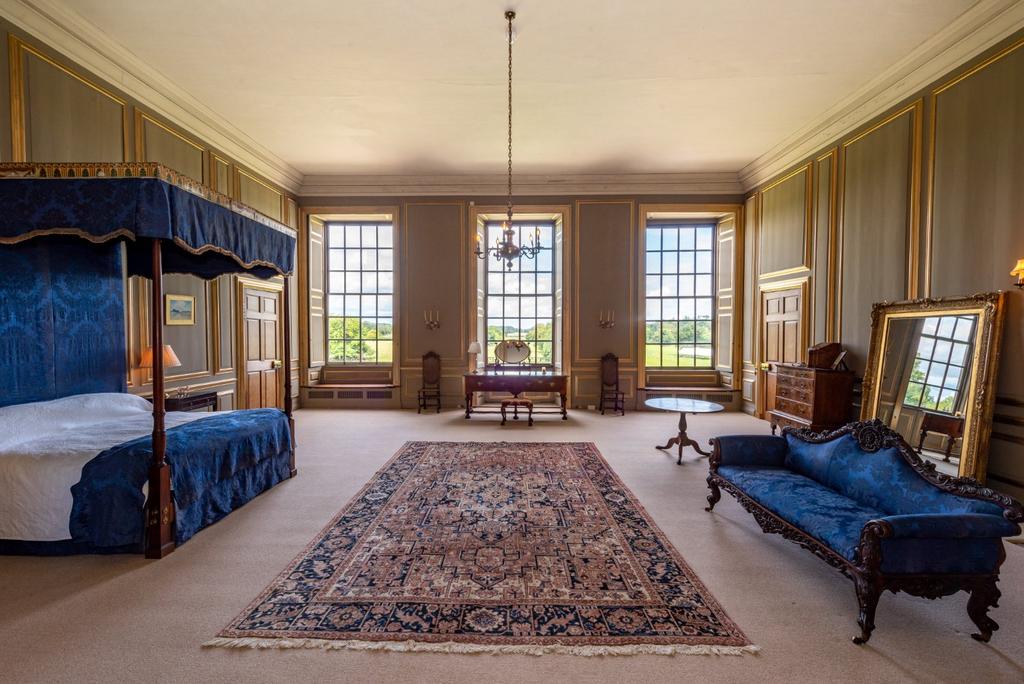
With its air of faded opulence, the hall harks back to its heyday between the two World Wars, when 20 or more staff and an army of gardeners looked after the imposing main house and its 15 acres of gardens. Today, surrounded by 183 acres of Grade II-listed parkland, Glemham Hall remains the beating heart of a traditional country estate comprising more than 1,000 acres of in-hand land— a mix of arable, river meadow and woodland — a 526-acre let farm with a Grade II-listed, 17th-century farmhouse and seven cottages, with further cottages available if required.

Credit: Strutt and Parker
Best country houses for sale this week
An irresistible West Country cottage and a magnificent Cumbrian country house make our pick of the finest country houses for
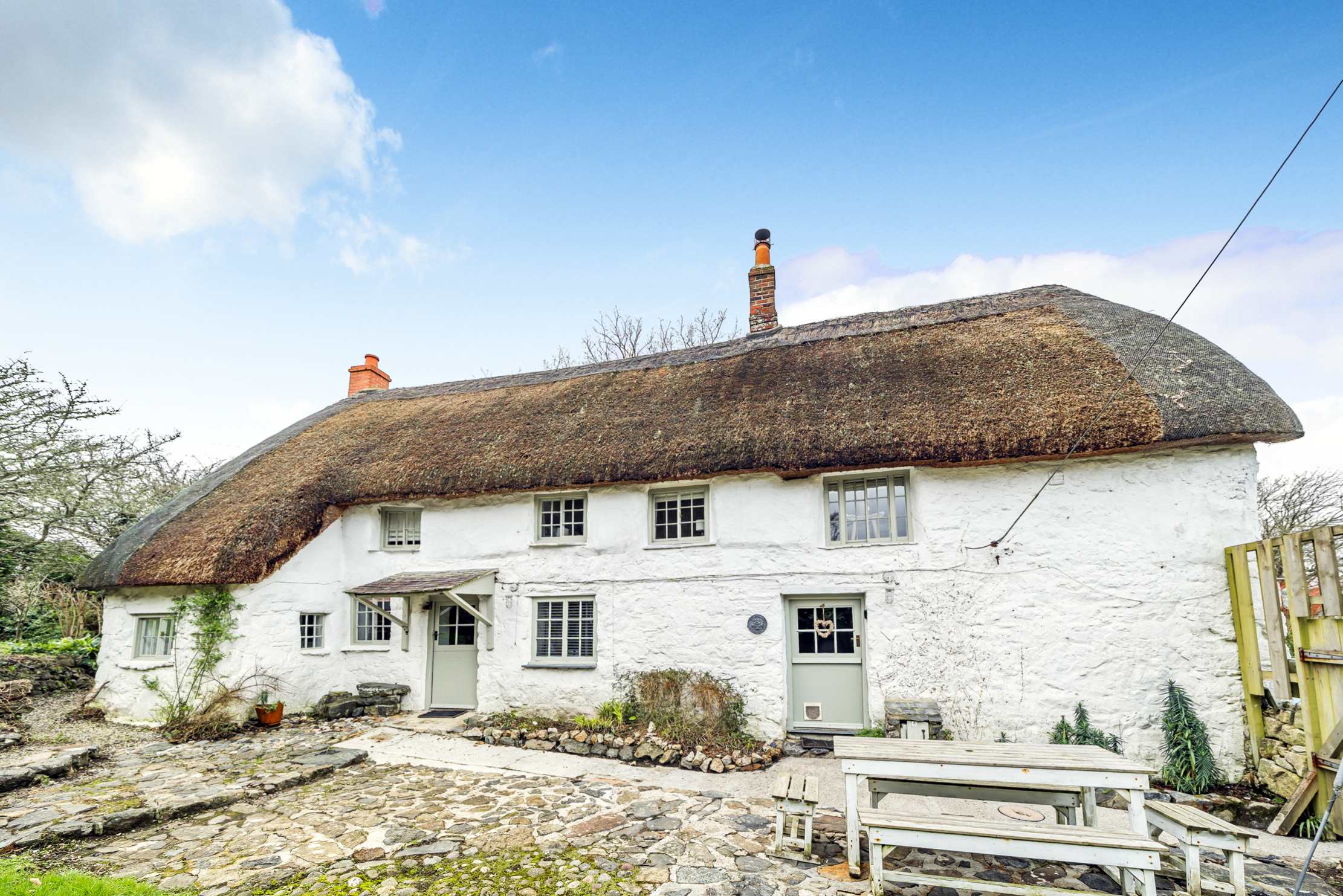
Credit: Lillicrap Chilcott
A charming thatched cottage for £600,000 within walking distance of two of Cornwall's best beaches
Clahar Cottage near Mullion Cove is exudes plenty of seaside Cornish character, but has been meticulously modernised.
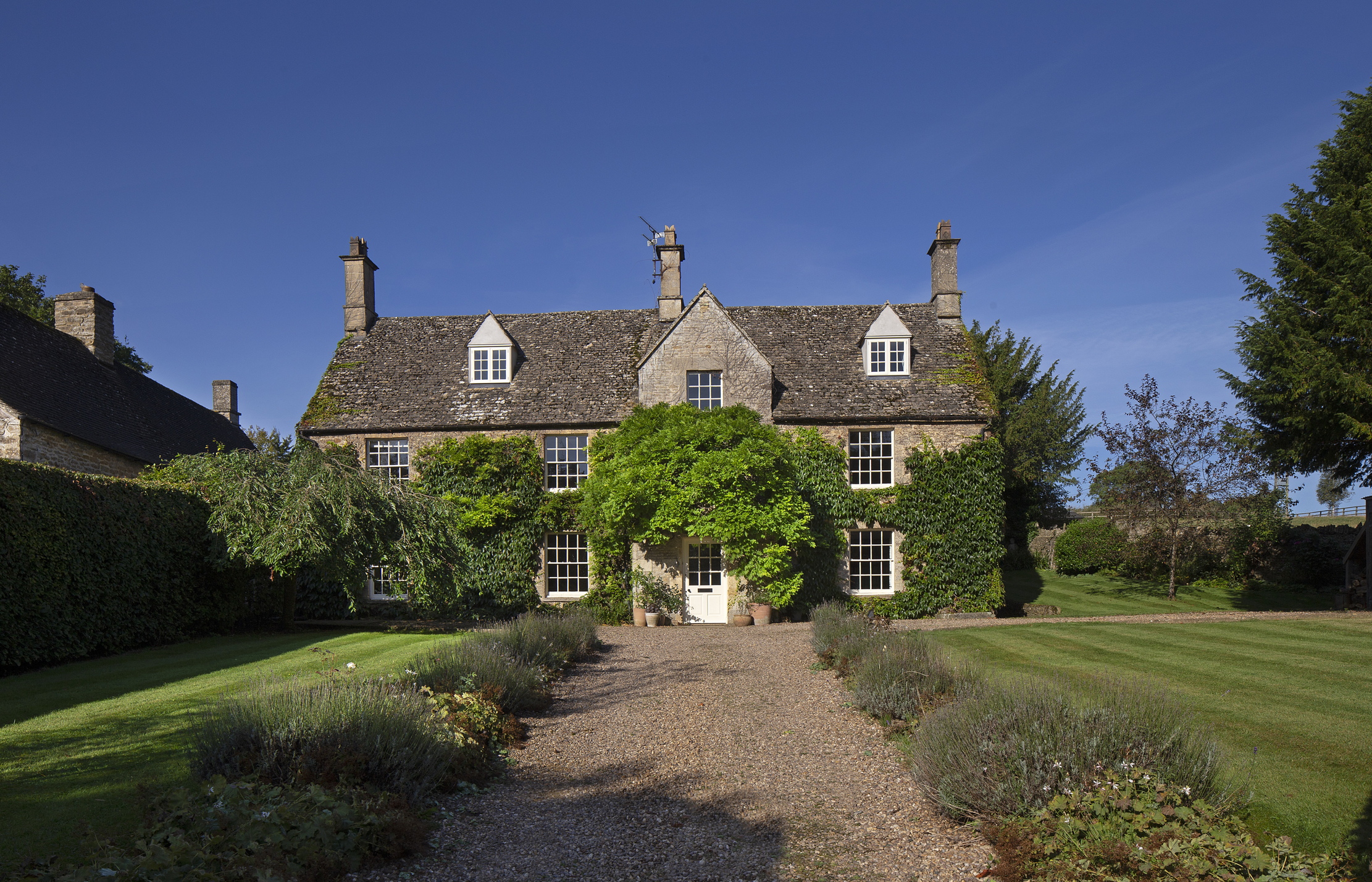
Credit: Strutt and Parker
An ivy-clad manor house in one of Oxfordshire's 'most sought-after' postcodes
Manor Farm House, near the hamlet of Cleveley, offers everything you could ever want from a classic Cotswold home, and
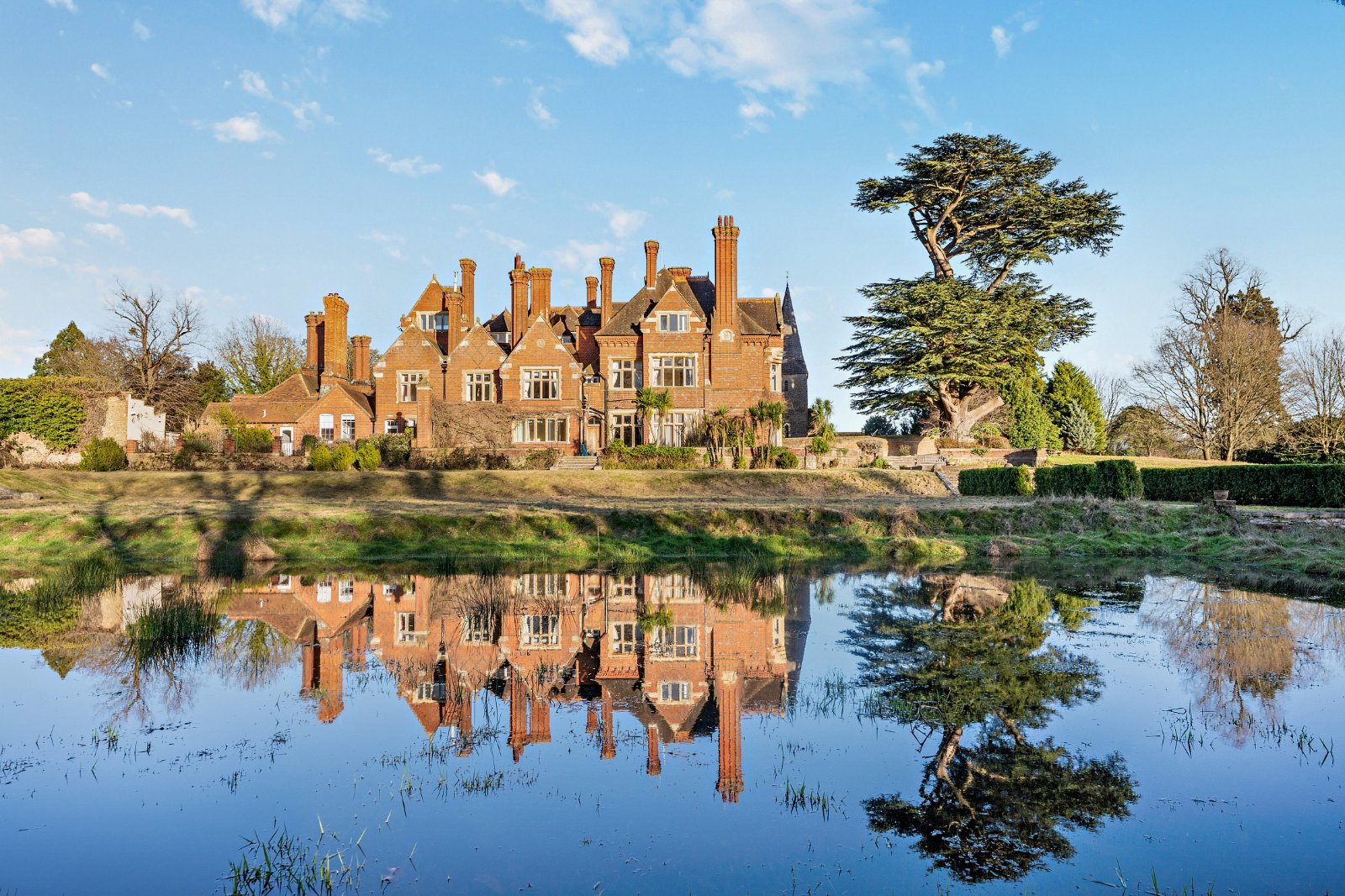
11 magical homes across Britain, as seen in Country Life
Wonderful homes across the country, including a house which will make you think twice about ruling out a new-build.
-
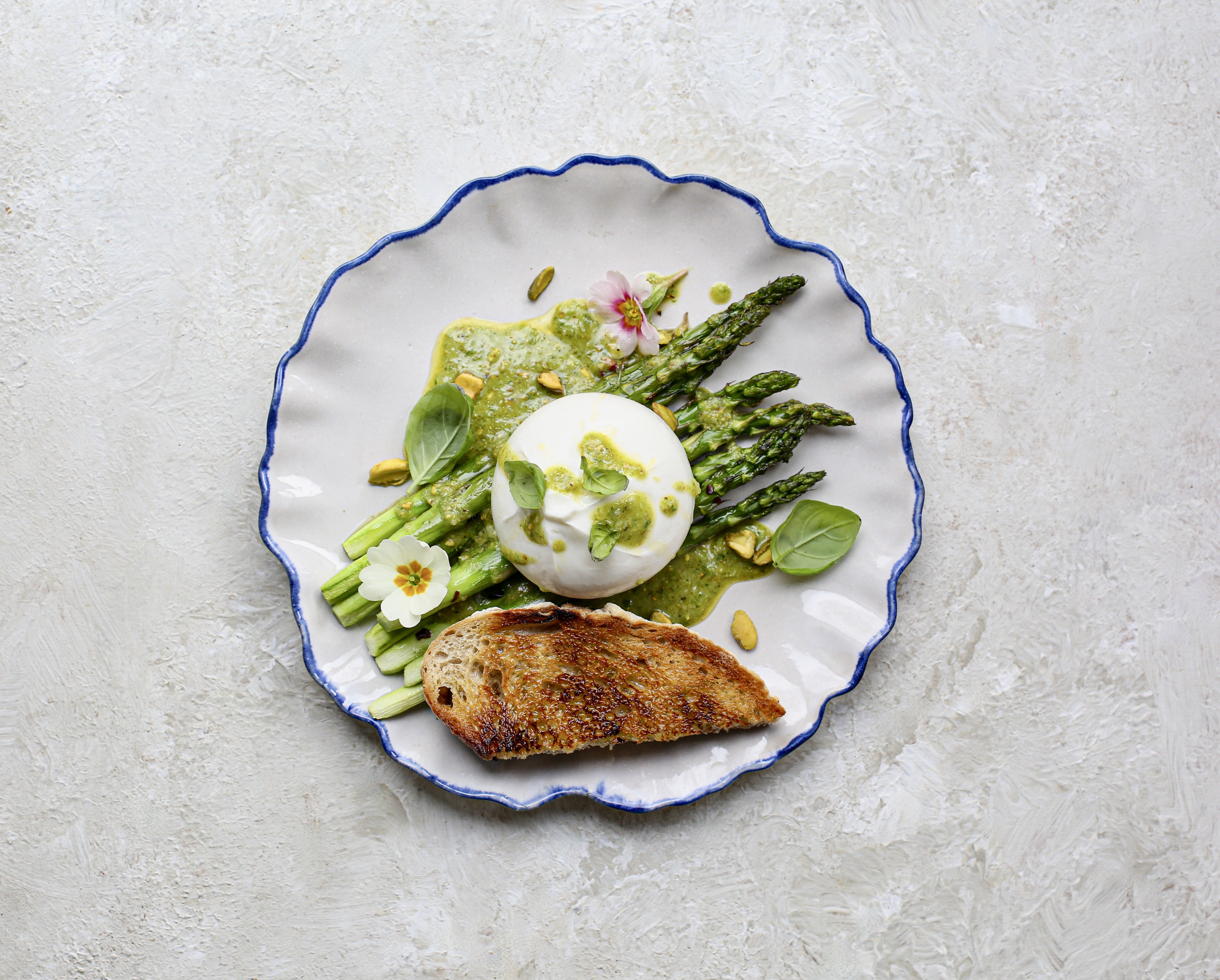 Two quick and easy seasonal asparagus recipes to try this Easter Weekend
Two quick and easy seasonal asparagus recipes to try this Easter WeekendAsparagus has royal roots — it was once a favourite of Madame de Pompadour.
By Melanie Johnson Published
-
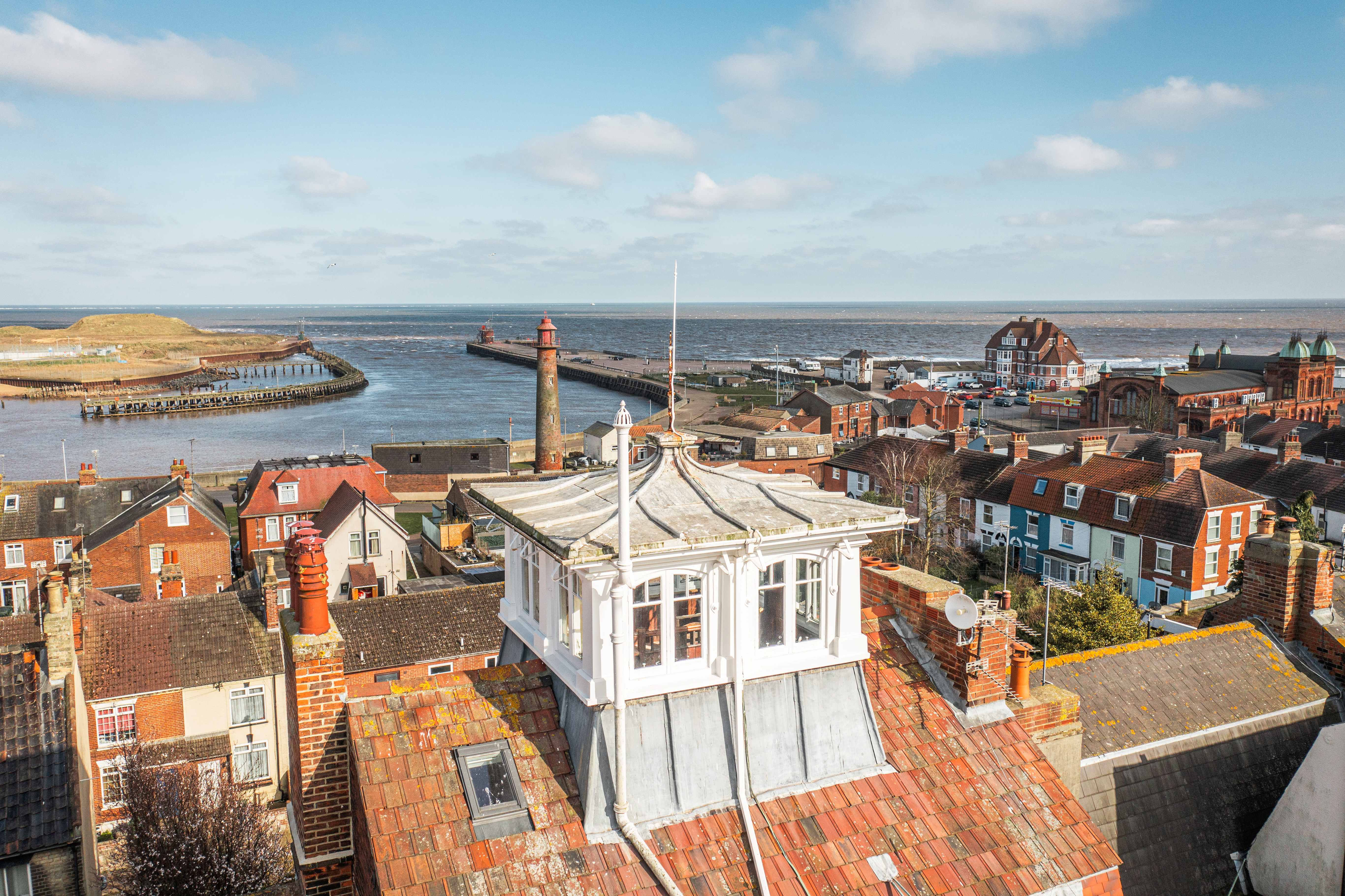 Sip tea and laugh at your neighbours in this seaside Norfolk home with a watchtower
Sip tea and laugh at your neighbours in this seaside Norfolk home with a watchtowerOn Cliff Hill in Gorleston, one home is taller than all the others. It could be yours.
By James Fisher Published
-
 Sip tea and laugh at your neighbours in this seaside Norfolk home with a watchtower
Sip tea and laugh at your neighbours in this seaside Norfolk home with a watchtowerOn Cliff Hill in Gorleston, one home is taller than all the others. It could be yours.
By James Fisher Published
-
 A Grecian masterpiece that might be one of the nation's finest homes comes up for sale in Kent
A Grecian masterpiece that might be one of the nation's finest homes comes up for sale in KentGrade I-listed Holwood House sits in 40 acres of private parkland just 15 miles from central London. It is spectacular.
By Penny Churchill Published
-
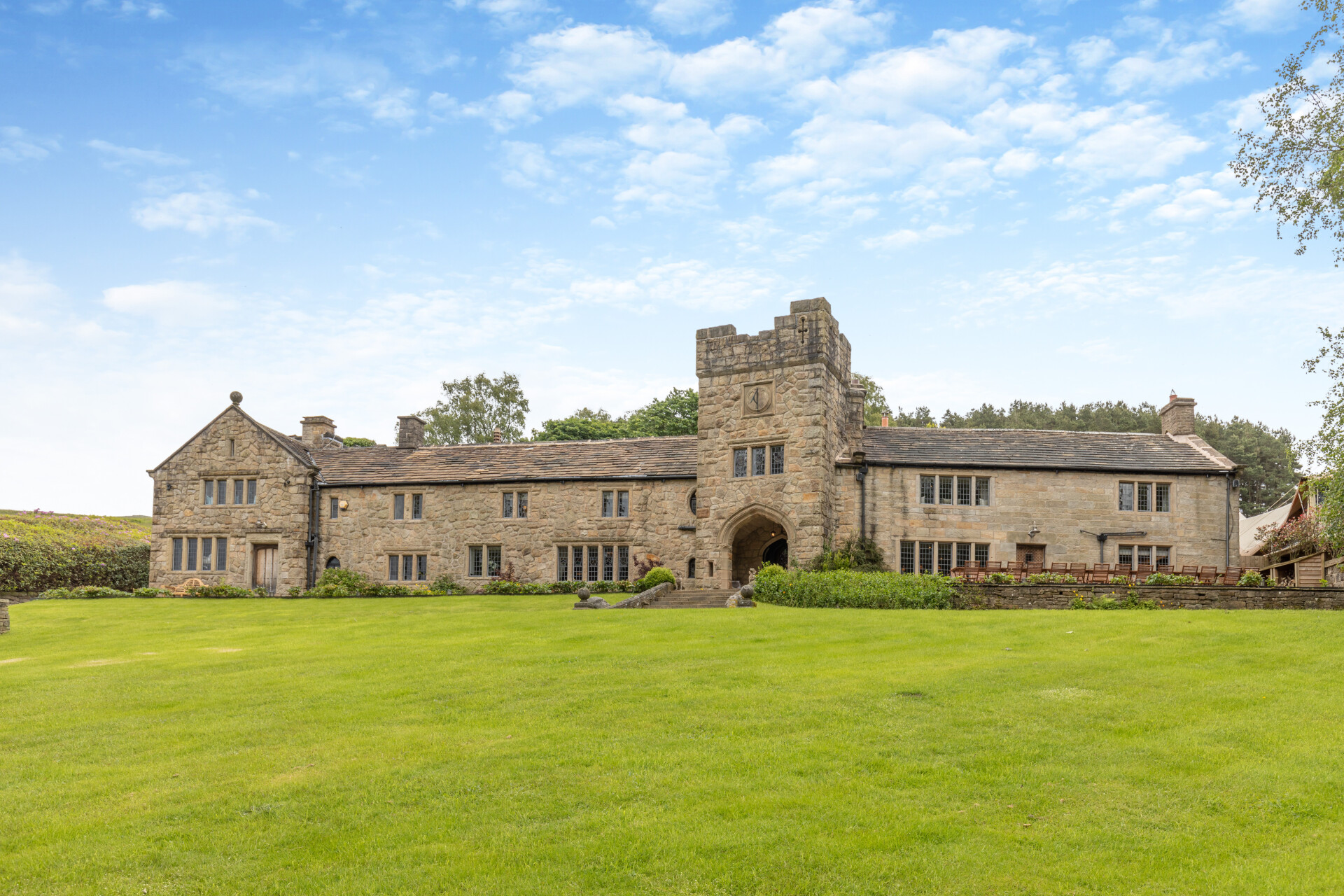 Some of the finest landscapes in the North of England with a 12-bedroom home attached
Some of the finest landscapes in the North of England with a 12-bedroom home attachedUpper House in Derbyshire shows why the Kinder landscape was worth fighting for.
By James Fisher Published
-
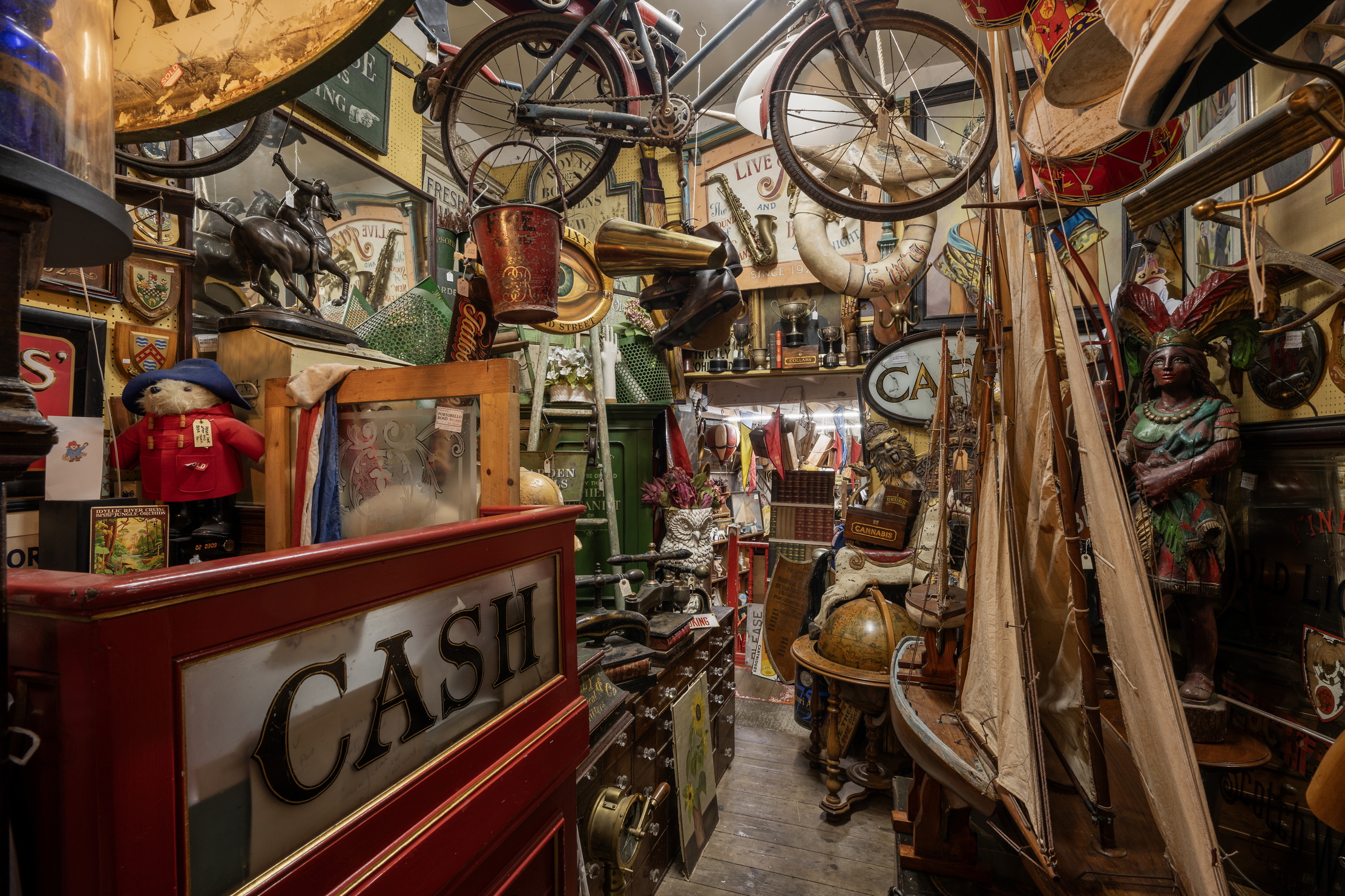 Could Gruber's Antiques from Paddington 2 be your new Notting Hill home?
Could Gruber's Antiques from Paddington 2 be your new Notting Hill home?It was the home of Mr Gruber and his antiques in the film, but in the real world, Alice's Antiques could be yours.
By James Fisher Published
-
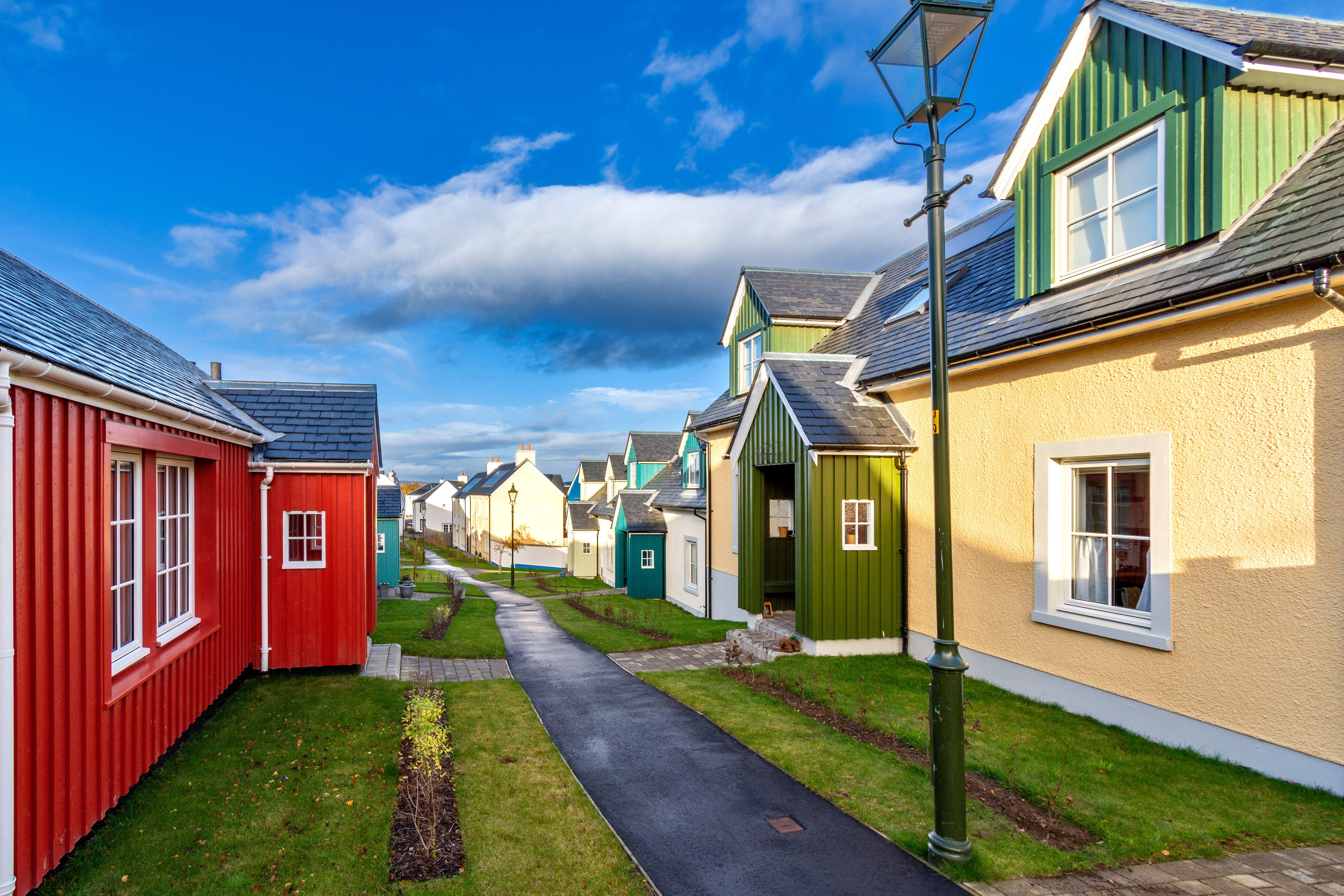 What should 1.5 million new homes look like?
What should 1.5 million new homes look like?The King's recent visit to Nansledan with the Prime Minister gives us a clue as to Labour's plans, but what are the benefits of traditional architecture? And can they solve a housing crisis?
By Lucy Denton Published
-
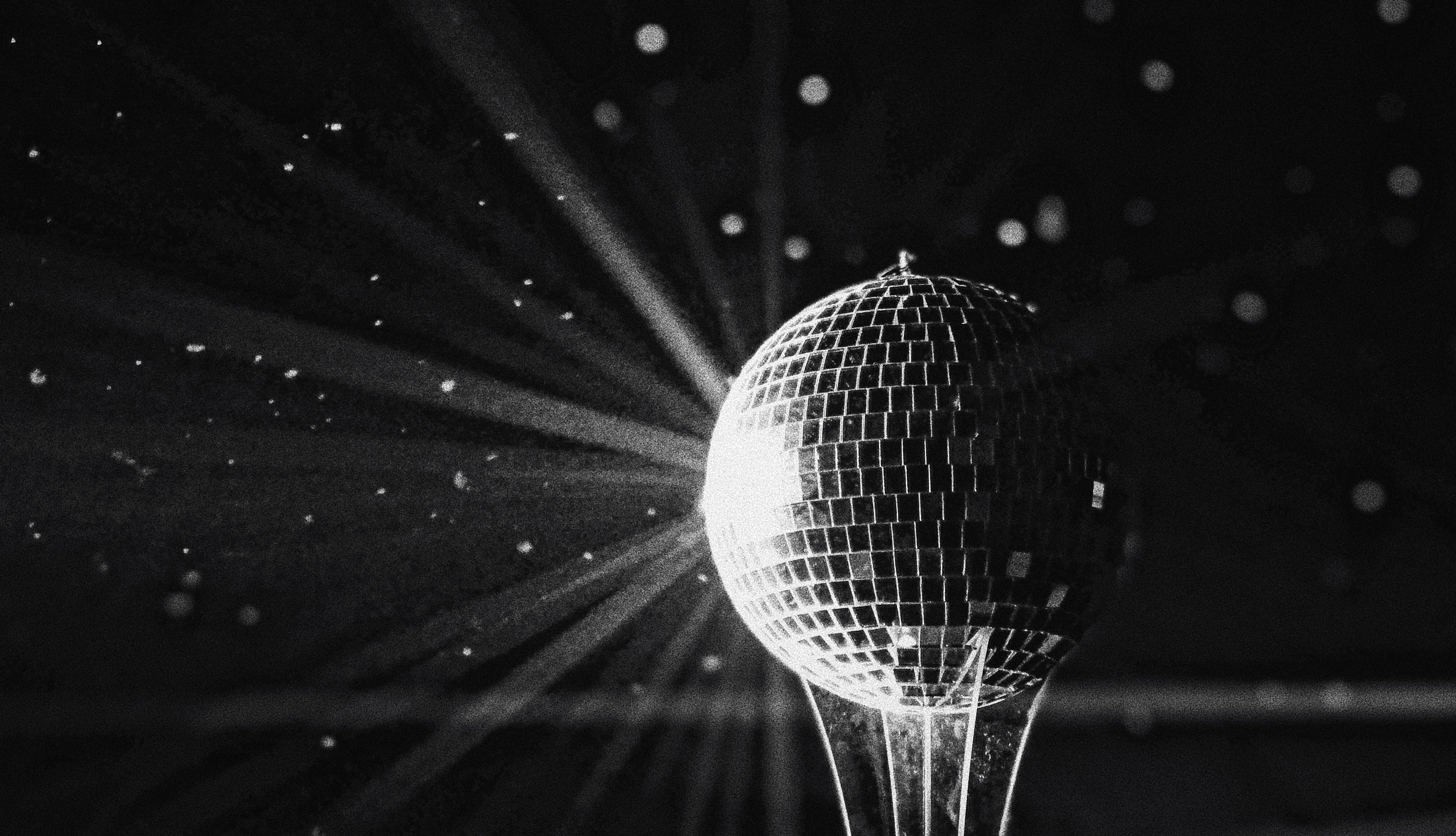 Welcome to the modern party barn, where disco balls are 'non-negotiable'
Welcome to the modern party barn, where disco balls are 'non-negotiable'A party barn is the ultimate good-time utopia, devoid of the toil of a home gym or the practicalities of a home office. Modern efforts are a world away from the draughty, hay-bales-and-a-hi-fi set-up of yesteryear.
By Madeleine Silver Published
-
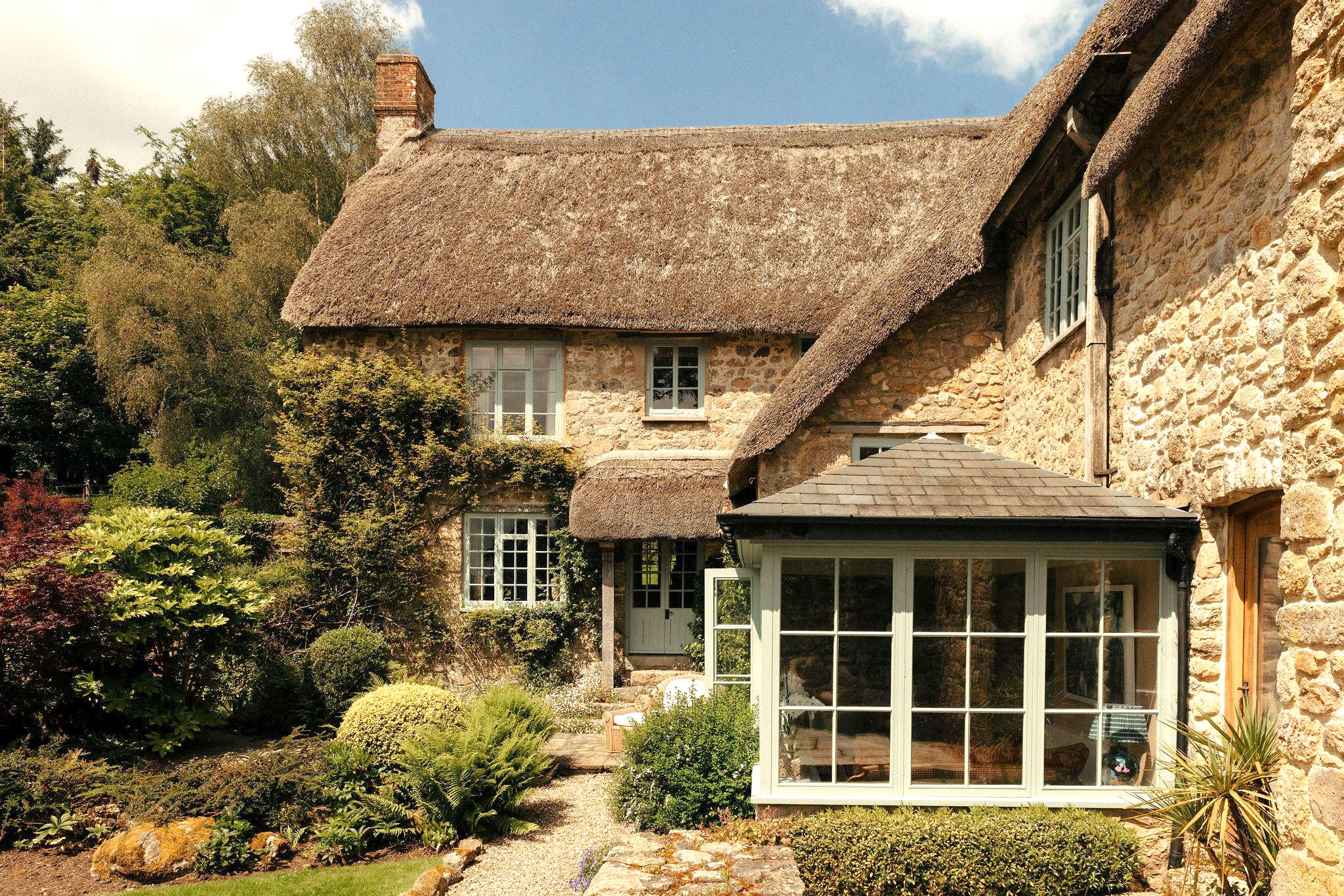 Five beautiful homes, from a barn conversion to an island treasure, as seen in Country Life
Five beautiful homes, from a barn conversion to an island treasure, as seen in Country LifeOur pick of the best homes to come to the market via Country Life in recent days include a wonderful thatched home in Devon and a charming red-brick house with gardens that run down to the water's edge.
By Toby Keel Published
-
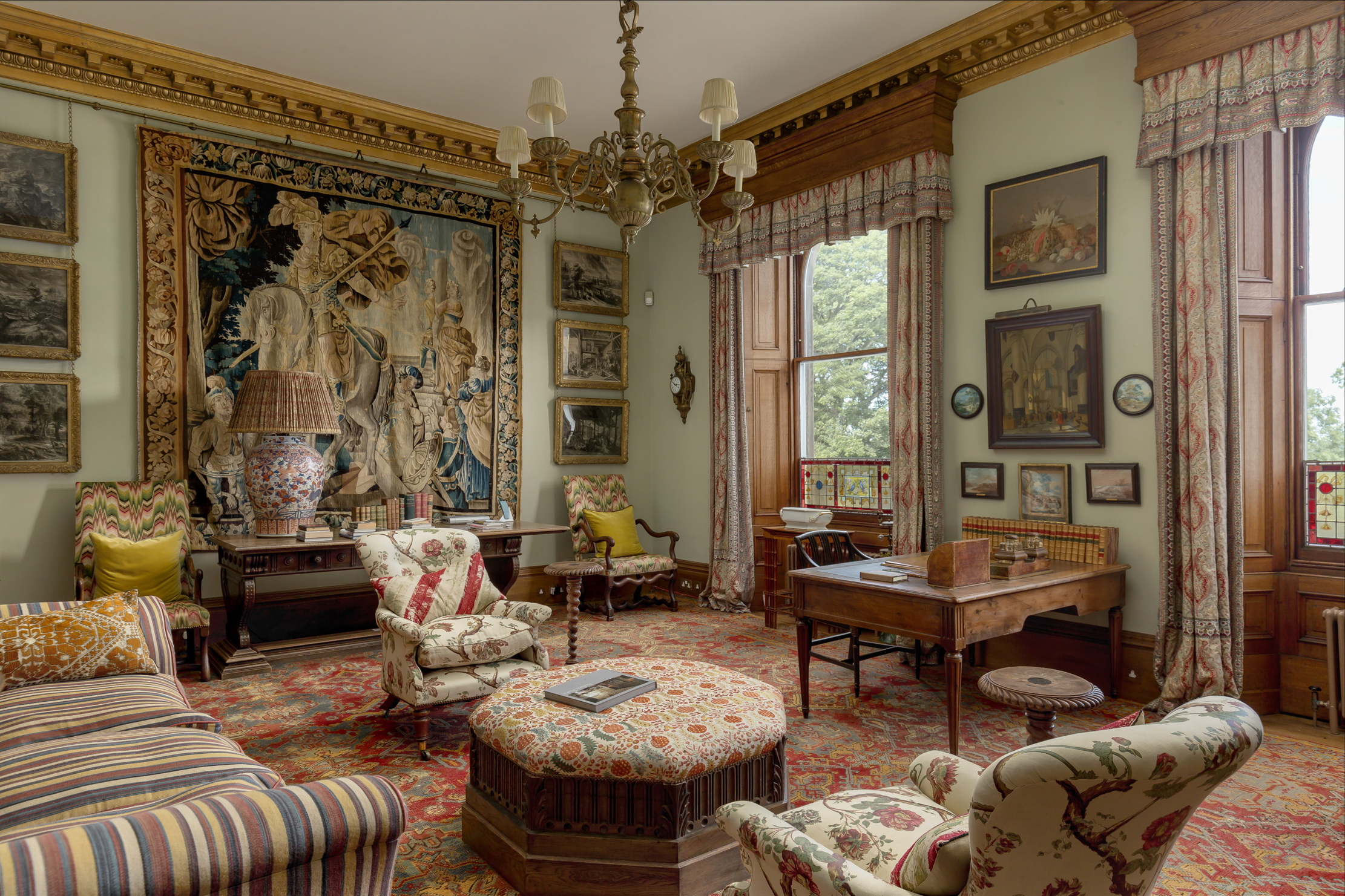 The finest interiors in Edinburgh? A seven-bedroom townhouse furnished by Robert Kime comes to market
The finest interiors in Edinburgh? A seven-bedroom townhouse furnished by Robert Kime comes to marketSituated on one of the New Town's grandest terraces, this four-storey property is a collector's dream.
By James Fisher Published
